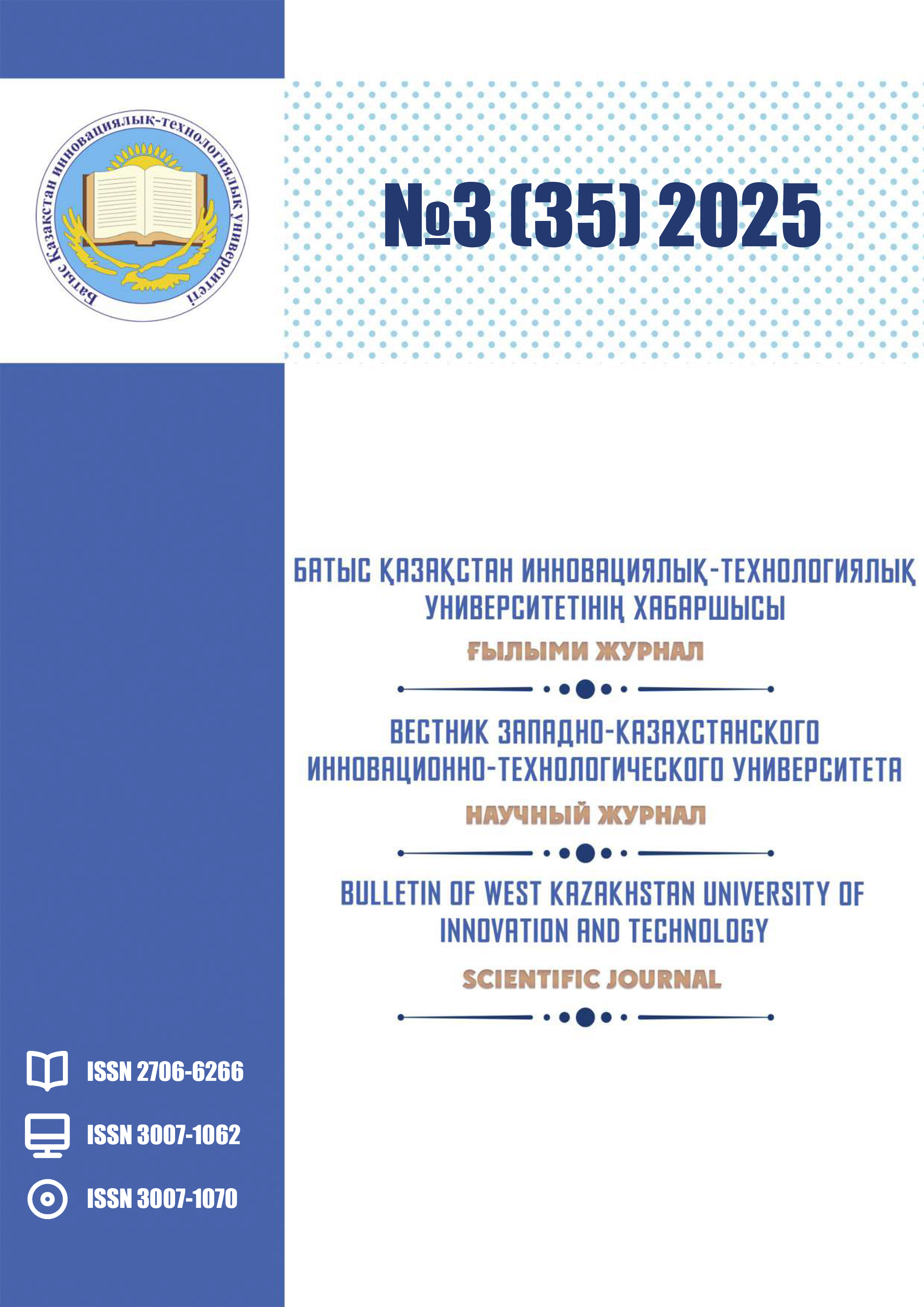TRANSLATION SPECIFICS OF GREAT GATSBY INTO KAZAKH LANGUAGE
DOI:
https://doi.org/10.62724/202530204Keywords:
Literary translation, Great Gatsby, translation of similes, translation of idioms, translation of metaphors, cultural adaptation, translation strategies.Abstract
The aim of the article is to explore the linguistic, cultural, and stylistic challenges involved in translating F. Scott Fitzgerald’s classic novel “The Great Gatsby” into Kazakh language. As a seminal work of American literature, the novel presents unique difficulties for Kazakh translators due to its rich use of symbolism, period-specific idioms, and culturally bound references to 1920s American society. This study employs research methods as theoretical analysis of literary translation, comparative translation analysis and textual analysis. It also analyzes strategies used to convey the nuances of social class, identity, and the American Dream to a Kazakh-speaking audience, highlighting the role of explanatory techniques such as footnotes and adaptive equivalence. The results of the study showed how key elements—such as Fitzgerald’s lyrical prose, character-specific speech patterns, and central metaphors (e.g., the green light, the valley of ashes)—are rendered in Kazakh preserving both meaning and literary tone. The research underscores the translator’s role not only as a linguistic mediator but also as a cultural interpreter, and it contributes to broader discussions on the localization of Western literature in Kazakh language contexts.

